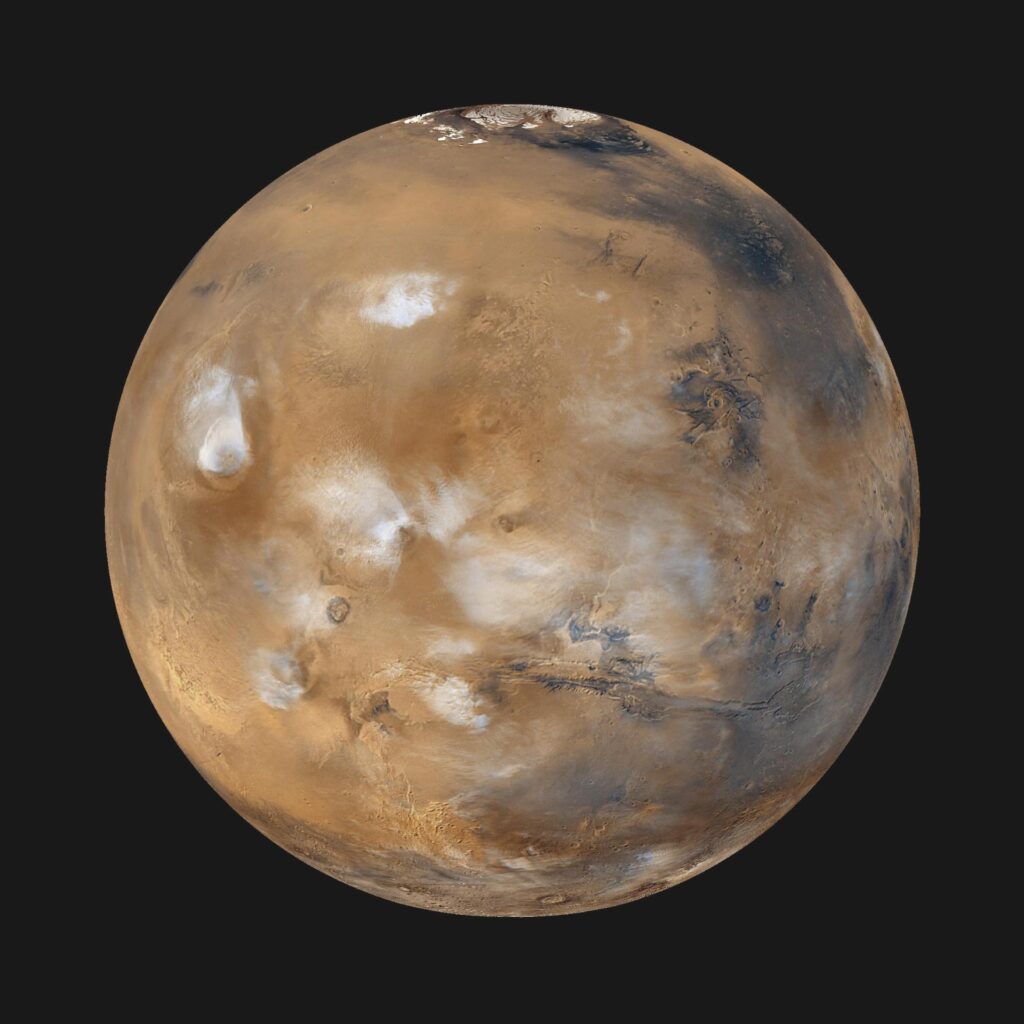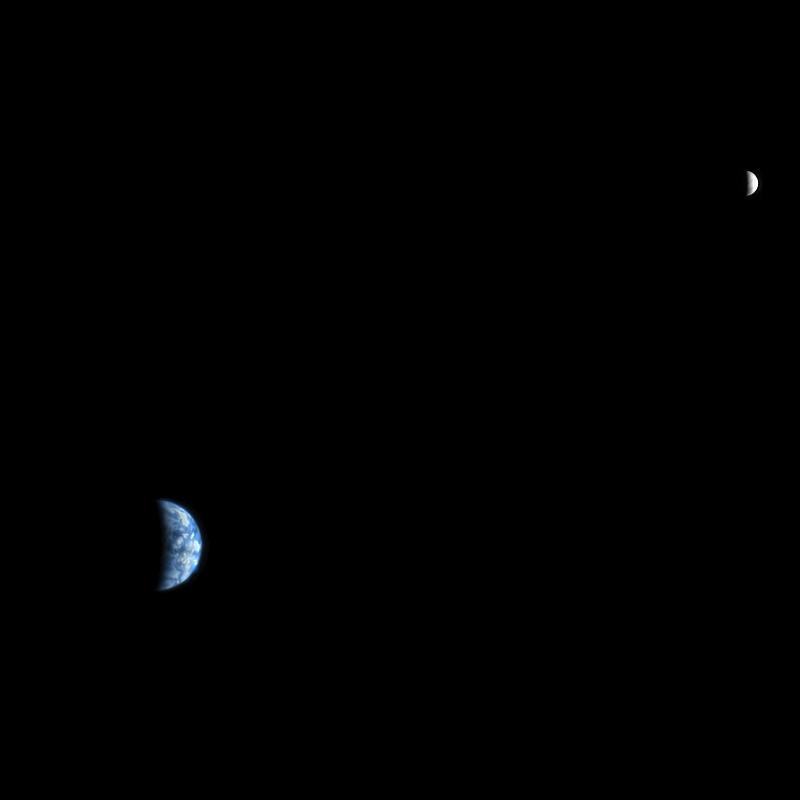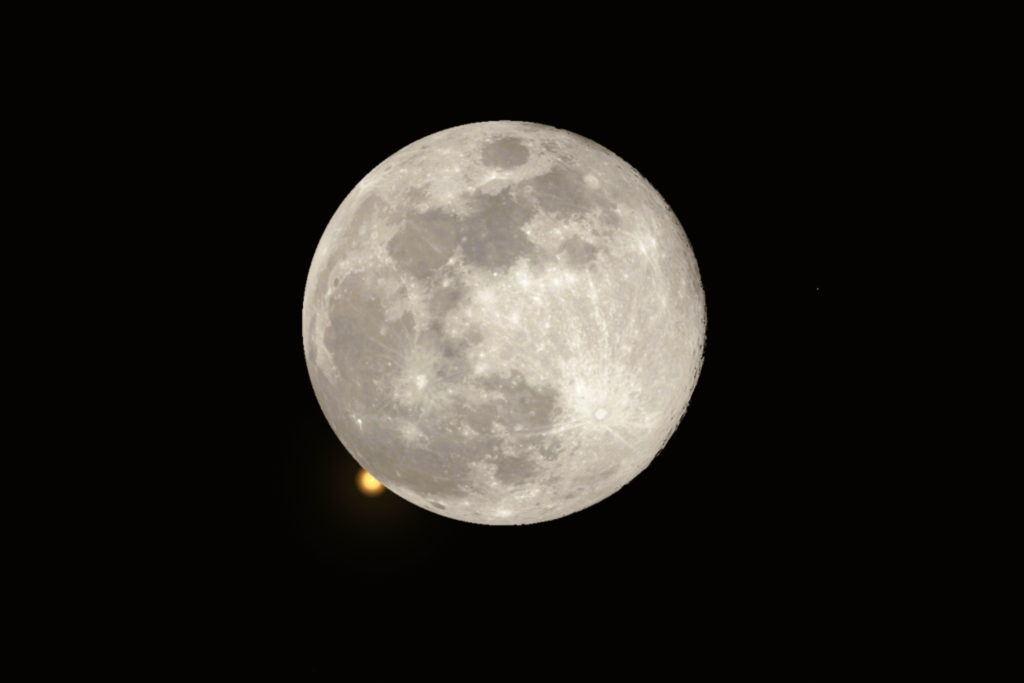Get your telescope out as Mars puts on a spectacular show this January

Prime time to see the Red Planet
If you have been gazing at the night sky recently, you may have noticed a bright, reddish object to the left of Orion. Mars, the Red Planet, is putting on a spectacular show this January.
It is an excellent time for stargazers to spot Mars and catch glimpses of its features with a medium-sized telescope. In addition to its usual bright glow, three astronomical events are worth noting this month.
Martian retrograde
Mars entered retrograde on December 7, 2024, when it appeared to move backwards relative to its usual orbit. This retrograde motion will continue until February 23, 2025, offering amateur astronomers an excellent opportunity to track the planet’s progress.

To make the most of this, you can sketch or photograph Mars about nearby stars throughout several nights. By observing the planet’s position as the Earth moves past it, you can document the shift in its path through the sky. Tools like the Stellarium app or its browser version, Stellarium Web, can help navigate the sky and pinpoint Mars. The planet will appear in the eastern sky after 8:00 PM local time, making it easily accessible for stargazers in the evening.
Occultation of Mars
On the night of January 13, 2025, a rare event will occur: Mars will disappear behind the Moon during an occultation.
An occultation occurs when one celestial object passes before another, obscuring it from view. In this case, the Moon will block Mars for over an hour in some areas, offering a breathtaking sight. While the event will be visible in parts of the United States, observers with binoculars or telescopes in the UK may also glimpse Mars’ temporary disappearance.

The Moon’s surface will provide a stunning backdrop as Mars fades from view, its reddish hue contrasting beautifully with the craters and maria of Earth’s natural satellite. To find the best viewing times, websites like Stellarium Web and charts from the Astronomical League’s ‘Moon Occults Mars’ guide can help you pinpoint the occultation’s timing based on location.
Mars in opposition
Perhaps the most exciting event this month is Mars’ opposition, which will occur on the evening of January 16. At this time, Mars and the Sun are directly opposite in the sky, as seen from Earth. Mars will be at its closest point to Earth, appearing brighter and more prominent than usual.
The planet’s heightened brightness makes it ideal for observation, and amateur astronomers can spot more of its surface features with a telescope. Opposition occurs periodically, and when it does, Mars is optimally positioned for observation, so clear skies are essential for the best view.
Mars through history
Mars has long captured humanity’s imagination. Its first recorded observations date back to the Bronze Age, and by the 17th century, astronomers were identifying features on its surface, such as ice caps and dark regions. Since the 1960s, exploration of the Red Planet has intensified, with numerous robotic missions exploring its surface and atmosphere.

NASA currently operates five active missions, including rovers and orbiters, and continues to focus on eventual human exploration. Mars remains an object of fascination, and plans for missions such as the Mars Sample Return campaign and the Moon to Mars architecture are pushing forward the dream of human habitation on the Red Planet.
Whether you are a seasoned astronomer or just beginning to look up at the stars, January is the perfect time to observe Mars and enjoy the wonders of our solar system. From tracking its retrograde motion to witnessing the occultation and the grandeur of opposition, the sky promises a month full of excitement for all stargazing enthusiasts. So, grab your telescope, look up, and let the Red Planet spark your curiosity!
Image: This composite image of Earth and Mars, taken by NASA Galileo and Mars Global Survey orbiters, was created to help viewers better understand their relative sizes.Credit: NASA













